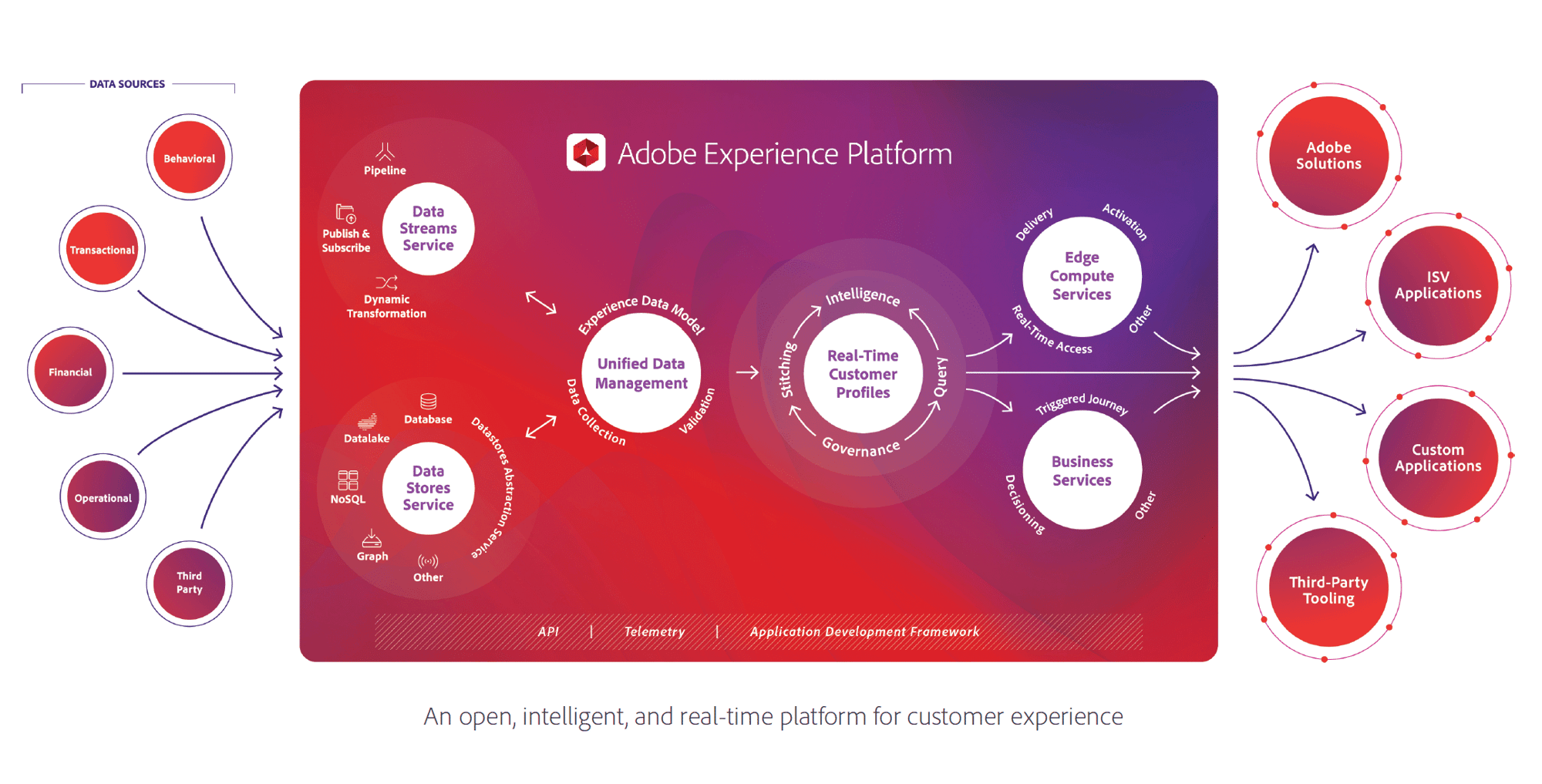- Home /
- What We Do /
- FUTURIZE CX /
- Customer Data Platforms (CDP) /
Customer Data
Platform
Platform
Customer data is your most valuable asset but when it’s scattered across systems, experiences fall apart.
Axeno’s Customer Data Platform brings it all together — building real-time, unified profiles that power personalization, analytics, and automation across every channel.
Why You Need a CDP
Without a CDP
- Siloed data across CRM, app, and campaign tools
- Inconsistent customer experiences
- Manual segmentation and reporting
With a CDP
- Unified customer view across all touchpoints
- Consent-driven personalization and compliance
- Real-time activation across web, app, and media
Our CDP Solutions Deliver
-
Single Customer ViewUnified identity across CRM, web, app, call center, and offline sources.
-
Consent by DesignCentralized consent management and privacy-compliant governance.
-
Real-Time AudiencesBehavioral, intent, and predictive segmentation on the fly.
-
Activate EverywhereSeamless activation to marketing automation, personalization, and analytics platforms.
-
Built for Adobe RT-CDPNative integrations with Adobe RT-CDP and composable martech stacks.
Deep Dive: Adobe Experience Platform (AEP)
Adobe Experience Platform (AEP) is the foundation that powers next-generation CDPs — combining data, intelligence, and activation into one architecture.
What Makes AEP Different:
- XDM-based Architecture: Uses Adobe’s open data model to standardize and unify customer data across all sources.
- Real-Time Profiles: Combines behavioral, transactional, and CRM data into live profiles ready for activation.
- Batch + Streaming Ingestion: Works seamlessly with both historical and event-based data.
- AI-Driven Insights: Built-in Adobe Sensei intelligence automates segmentation and predictive scoring.
- Data Governance: Robust labeling, usage policies, and consent management to ensure compliance.
- Open Integration: APIs and data lake connectors enable interoperability with your full martech stack.

How Axeno Helps You Leverage AEP
Traditional CDPs manage data. AEP-powered CDPs activate it — instantly and intelligently.
Architect Your Data Foundation
Design and deploy schemas, identity graphs, and data pipelines within AEP.
Connect Every Channel
Integrate CRM, web, and mobile systems for continuous, real-time activation.
Orchestrate Intelligent Experiences
Build audiences, journeys, and personalization rules that directly drive ROI.
Govern and Scale with Confidence
Establish governance and data quality frameworks to keep scaling safe.
Industries We Serve
- Banking & Financial Services: Unify customer data across onboarding, product usage, and digital channels to deliver personalized, compliant engagement.
- Automotive: Connect dealership, web, and ownership data to deliver contextual offers — from test drives to post-purchase loyalty.
- Retail & eCommerce: Centralize behavioral and transactional data to fuel recommendations, retention, and omnichannel targeting.
- Insurance: Break silos between policy, claims, and agent systems for a 360° customer view that drives retention and cross-sell.
- Government & Public Sector: Enable citizen-centric services with secure, governed data models that ensure privacy and efficiency.
Turn data into real-time customer intelligence.
YOU MAY NEED TO KNOW
Frequently Asked Questions
What is the core problem that a Customer Data Platform (CDP) aims to solve?
Customer Data Platform (CDP) addresses the problem of fragmented customer data. While customer data is considered a valuable asset, its spread across various sources (like CRM, web, app, call center, and offline) leads to "broken experiences" for customers. CDP’s main goal is to unify this disparate data.
What is the primary outcome of unifying customer data with a CDP?
The primary outcome of unifying customer data with a CDP is the creation of "unified customer profiles." These profiles transform raw data into "actionable profiles" that can "fuel every interaction" with the customer, leading to "real-time customer intelligence."
How does a CDP enable real-time personalization?
A CDP enables real-time personalization by first building unified customer profiles and then leveraging "real-time audience segmentation." This segmentation utilizes "behavioral, intent & predictive data" to define specific customer groups, allowing for tailored experiences in real-time.
What types of data sources can a CDP integrate to build unified profiles?
A CDP can integrate a wide range of data sources to build unified profiles, including "CRM, web, app, call center & offline sources." This comprehensive integration ensures a holistic view of the customer across all touchpoints.
What is the significance of "real-time audience segmentation" within a CDP?
"Real-time audience segmentation" is significant because it allows businesses to dynamically group customers based on their current "behavioral, intent & predictive data." This agility is crucial for delivering highly relevant and timely personalized experiences, moving beyond static customer segments.
How does a CDP integrate with existing marketing technology (martech) infrastructure?
A CDP integrates with existing marketing technology (martech) infrastructure through "seamless activation across marketing automation, personalization & analytics platforms" and specifically mentions "native integrations with Adobe RT-CDP & composable martech stacks." This ensures the unified data can be utilized by other tools in a business's ecosystem.
Can AEP integrate with our existing tools?
Yes — AEP integrates with major CRMs, analytics, and ad platforms, ensuring your stack works as a unified ecosystem.

-1.png)